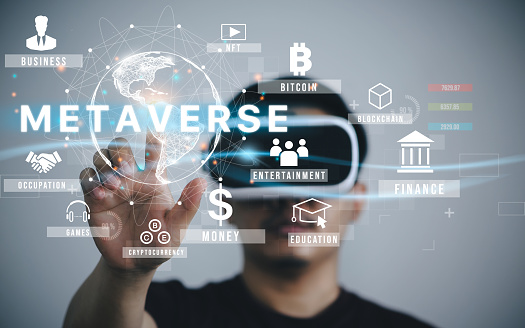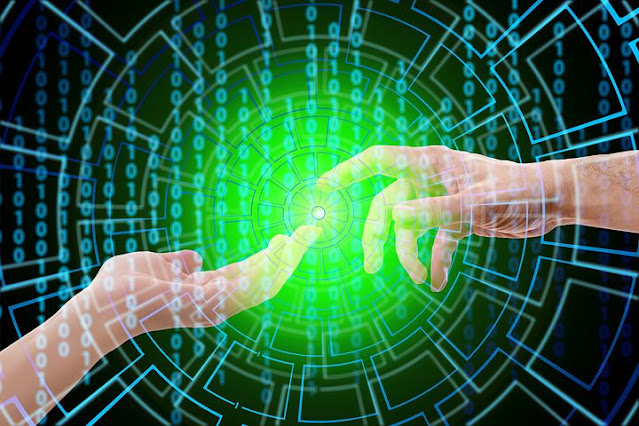How Ai artificial intelligence is transforming education and learning?
Introduction:
Artificial Intelligence in Education
Ai has become an integral part of our lives and is slowly making its way into education and learning. But what are the implications of AI on education and learning? Is it a good thing or a bad thing?
There are pros and cons to the role of AI in education. On the one hand, AI can help automate repetitive tasks, freeing up educators to focus on more important things. It can also help students learn at their own pace and provide personalized instruction, which is essential in a world where everyone learns differently.
On the other hand, there is the potential for misuse of AI in education. If not used correctly, AI can automate teaching to the point where educators are no longer needed, or it can be used to manipulate and control students.
So, what's the verdict? Is AI good or bad for education? As with most things, the answer is it depends. It all comes down to how we use AI and how we prepare educators to use it effectively.
What Is AI?
AI is an umbrella term for a variety of technologies that allow machines to learn and work on their own. This could be anything from recognizing patterns or images to making decisions or carrying out tasks.
In the context of education, AI can be used in a number of ways. For example, it can be used to personalize learning for students, to create adaptive learning programs, or to analyze student data to identify learning needs.
What Are the Different Types of AI?
There are three basic types of AI: rule-based, decision-tree-based and machine learning.
Rule-based AI is what you're probably picturing when you think of AI: a computer that can "think" for itself, based on a set of rules it's been given. Decision-tree-based AI is similar, but can learn as it goes, making decisions based on the outcomes of past experiences. Machine learning AI is the most advanced type; it can actually "learn" on its own, without any rules or pre-determined outcomes.
All three types of AI are being used in education today. Rule-based AI is used for tasks like grading essays and multiple choice tests, while decision-tree-based AI is being used to create adaptive learning programs that can adjust to a student's individual needs. Machine learning AI is being used in more and more advanced ways, from predicting test results to automatically grading essays.
How Is AI Being Used in Education?
AI is being used in a variety of ways in education. Some examples include:
1. AI as a tutor or mentor. In some cases, AI can provide one-on-one tutoring or mentoring for students. This can help personalized learning and ensure that students receive the support they need to succeed.
2. AI as a diagnostician. AI can be used to diagnose and assess students' strengths and weaknesses. This can help educators better understand how to help individual students and ensure that they are getting the most out of their education.
3. AI as a content creator. AI can be used to create educational content, including videos, articles, and exercises. This can help to keep students engaged and ensure that they are learning the material in a fun and interesting way.
What Are the Benefits of Using AI in Education?
There are a number of benefits to using AI in education. First, AI can help personalize learning for students. This means that students can receive learning content and materials that are tailored specifically to their individual needs and interests.
Secondly, AI can help educators save time. For example, AI can be used to automatically grade student essays or to provide feedback on student work. This frees up educators’ time so that they can focus on other tasks, such as planning lessons or providing one-on-one support to students.
Thirdly, AI can help improve educational outcomes by providing real-time data and insights on student performance. This data can be used by educators to identify areas where students are struggling and to adjust their teaching accordingly.
Overall, the use of AI in education has the potential to greatly improve the quality of education and learning for both students and educators.
What Are the Challenges of Using AI in Education?
There are a few challenges to using AI in education. The first is that, as with anything new, there is a learning curve. It takes time for educators to learn how to use AI tools properly and integrate them into their teaching.
Another challenge is that AI technology is constantly changing and evolving, which can make it difficult to keep up with the latest trends and developments. This means that educators need to be willing to continue learning about AI and how it can be used in education.
Finally, AI tools can sometimes be expensive, which can make them inaccessible to some schools and districts. However, there are many free and open-source AI tools available, so cost should not be a barrier to using AI in education.
Conclusion:
So there you have it – a brief overview of how AI is transforming education and learning. It's clear that AI is here to stay, and it's only going to become more important in the years to come. So if you're not already using AI in your teaching or learning, now is the time to start.
There are many different ways that you can use AI in your teaching or learning, so it's important to find the right one for you. And if you're not sure where to start, there are plenty of resources out there to help you.
So what are you waiting for? Start incorporating AI into your teaching or learning today and see the difference it can make.
















